So, you measure your laser beam and get this very pretty 3D display of its spatial profile. Awesome!
BeamGage Calculation of Beam Profile and Beam Width
Wait a minute… How do I know that this is correct? Should we just take BeamGage’s word for it?
Absolutely not!
Don’t get me wrong. BeamGage is an excellent laser beam profiling system. It has even helped set industry standards. What I’m saying is yes, of course, use BeamGage. But the whole point of beam profiling and laser measurement in general is: don’t trust your laser. Don’t trust your beam profiler. Don’t trust anything. Measure it.
Let’s take a look at how accuracy is ensured with each step of the beam profiling process:
- Camera
- Analog to Digital converter (A/D)
- Image Processing
- Data Computations
The Camera
Ophir-Spiricon Laser Beam Profiler
The digital array of pixels in the camera is made very precisely; pixel pitch is usually accurate to the range of tenths of nanometers (angstroms). That said, each profiler has its own intended application, so it’s important to remember that a camera may be very accurate in one situation and less so in another. This comes into play when choosing your laser beam profiler.
Electronics
At this point, you can use your knowledge of the camera’s SNR (Signal to Noise Ratio). Let’s say it’s 60 dBvolt (1000:1) and you’re using a 12-bit digitizer, yielding 4,096 counts. In this case the RMS noise is about 4.1 counts.
In any case, you can use Ophir Spiricon’s BeamMaker to double check the SNR. BeamMaker is an artificial simulation of an ideal beam profile. You can then add the 4.1 counts of noise and compare to your real beam.
Image Processing
Even if we made it to this point with a relatively accurate measurement, it’s crucial to use correct image processing to keep this accuracy. Spiricon’s Ultracal algorithm makes sure we use the correct baseline and don’t truncate any part of the noise. Without this consideration one can easily end up with only a part of the noise, which will bias the signal unnecessarily.
Computations
We don’t trust ourselves either – not without measurements and double-checks, anyway – so we have two ways that we make sure our algorithms are accurate.
The first method is with BeamMaker, similar to how it’s used for the A/D stage. The second method is by independent confirmation. The BeamGage algorithm is compared with a Matlab simulation created by another programmer.
For more specific specs and a list of considerations to optimize accuracy read the full laser beam profiling accuracy tutorial.
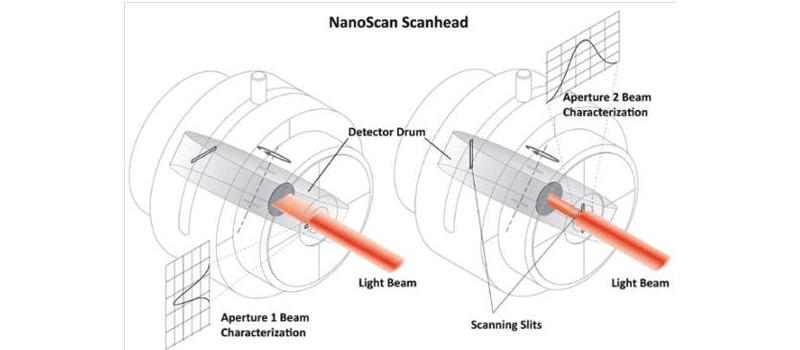
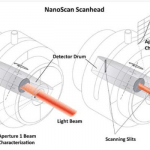
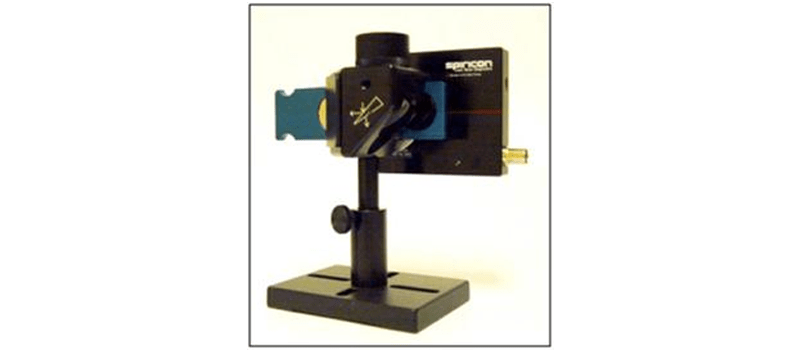
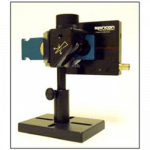

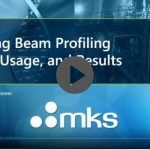
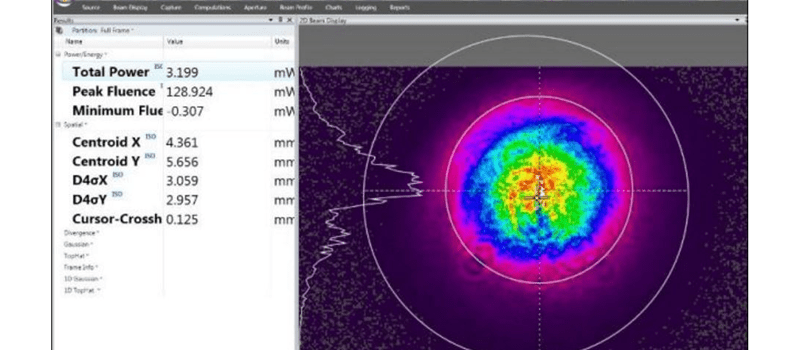
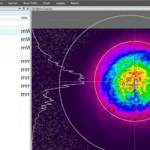
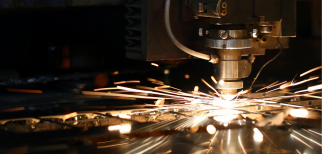

Leave a Reply
Your email address will not be published. Required fields are marked *